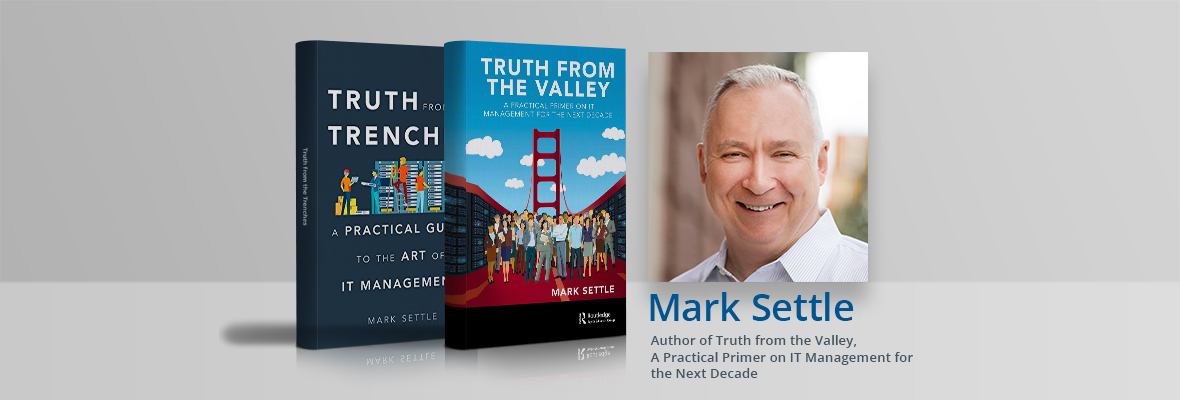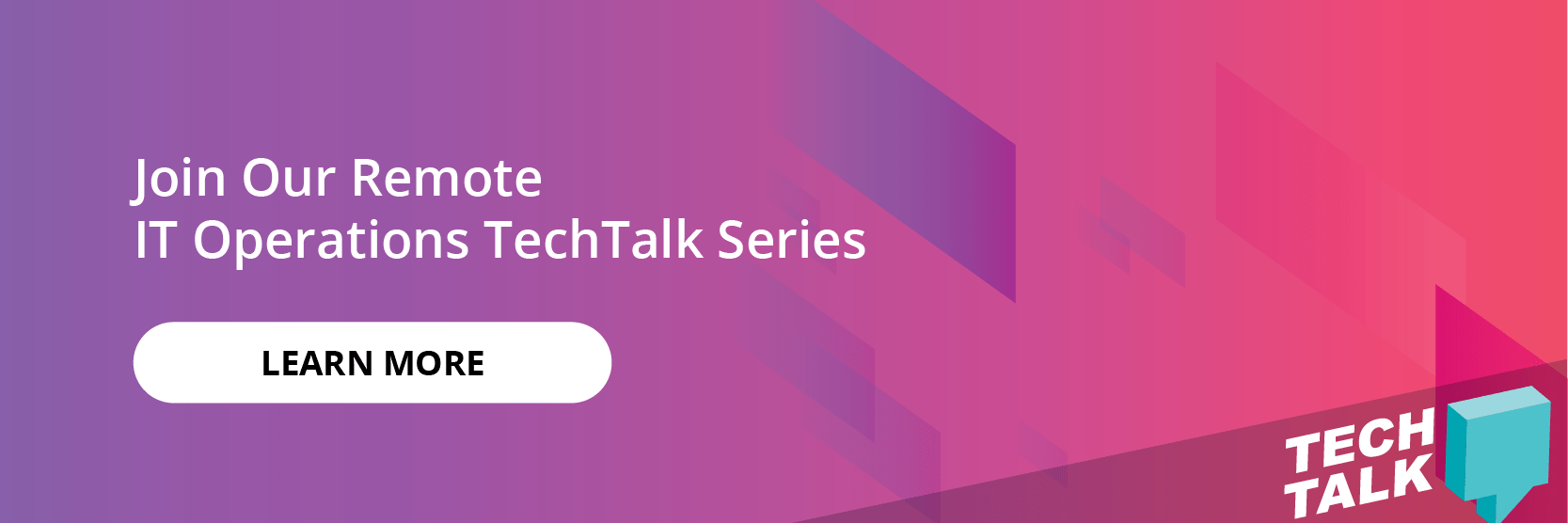Mark Settle is a seven-time CIO with broad business experience in information services, enterprise software, consumer products, high tech distribution, financial services and oil & gas. Settle is the author of Truth from the Trenches: A Practical Guide to the Art of IT Management and a three-time CIO 100 honoree. His latest book – Truth from the Valley – describes IT practices in Silicon Valley firms and was published earlier this year. We spoke with Mark about how IT execs will need to lead differently in the near future.
In a recent article, you wrote: “Phase II of the crisis is likely to be more chaotic and confusing than Phase I.” Why so?
MS: The Covid crisis will only be resolved when an effective vaccine has been deployed, both nationally and globally. No one can predict when that will occur. Despite the claims of many IT vendors that we are about to embark on a ‘New Normal’ set of working practices, the next four to eight business quarters are likely to be choppy and unpredictable.
Plans are being developed to reopen offices, resume classroom instruction and restart retail commerce, but in the U.S. these plans are being developed on a piecemeal basis by individual cities, counties and states. There will be nothing normal about the next few quarters as our notions of what people will be asked to do, what they will be required to do and what they are actually willing to do continue to evolve.
What can IT teams do to prepare for this next phase, given business uncertainties and a fragile global economy?
MS: IT leaders need to take a hard look at how their teams performed during Phase I and take corrective actions where necessary. They need to ask soul-searching questions about skill deficiencies, bandwidth limitations and work prioritization procedures.
Everyone wants to slip back into their comfortable business-as-usual ways of delivering IT services but we aren’t living in business-as-usual times. IT priorities regarding projects, application enhancements, production support activities and SLAs should be set by senior business executives in these troubled times and not determined by past conventions or middle management committees.
If Phase I was a sprint, we’re about to embark on a long-distance marathon. IT leaders need to prepare their teams to win the coming race.
How would your expectations of IT leaders change during Phase II?
MS: There was a lot of emphasis on frequent management communication within individual teams during Phase I. That was useful and reassuring to team members. But leaders need to ensure that they aren’t lapsing into a form of subconscious micromanagement by maintaining such high frequency communications. Leaders also need to combat tribalism among the different technical teams that make up an IT organization.
Staff members naturally focused on maintaining communication with their teams and colleagues during Phase I, but most IT groups can only deliver strategic benefits through the concerted effort of multiple technical teams. Finally, leaders need to double down on any individual performance issues on their teams. Headcount is too hard to come by and stress levels are too high during these uncertain times to tolerate individuals who are not meeting the expectations of their managers or their fellow team members.
How about IT spending? It seems like IT organizations need to straddle the fence: looking for ways to cut costs and be efficient while also investing in strategic technologies. What advice would you give IT executives now?
MS: Phase I of the crisis has stress tested the business operations of many companies. Significant issues were exposed with regard to operational resiliency and efficiency, information security, data management and analytics and the ability to implement new business rules in customer-facing websites and back office systems on the fly.
Every CIO should be diagnosing the fault lines in business operations that occurred during the past twelve weeks and propose initiatives to mitigate their impact during Phase II. These are not simply IT problems; they are business problems that can only be resolved through the collaborative efforts of IT and business leaders.
Cloud infrastructure has had a big boost from the pandemic –according to surveys and forecasts from industry analysts. Given the urgency to operate more efficiently, can you ramp up your journey to the public cloud without missing key steps that could hurt you later on?
MS: Yes, for several reasons. IT organizations tend to become very risk averse over time because they get tired of being criticized by their business partners for delivering anything less than perfection, ahead of schedule and below budget. That may sound a little defensive, but unfortunately it’s true.
In times of crisis, IT’s business partners are typically more interested in immediate gratification – even if it’s partial or limited in scope – than in total perfection, so there’s a huge opportunity to use this crisis to try new things. I heard a CEO interviewed recently about the roll out of Microsoft Teams across his entire company in one week. When asked how difficult it was to make the transition, he said: “We had a few bumps along the way which we were able to sort out and now everything is fine – maybe we should do more projects that way in the future!”
Spot on – maybe we should! I also think that the major cloud vendors understand the issues that late adopters experience in transitioning to cloud operations and they’ve developed prescriptive fast track programs to get folks who are a little late to the party up and running faster.
Do you have any parting words of wisdom for our audience?
MS: The majority of IT teams responded admirably to the Phase I stress test. They had a clear line of sight to their number-one priority: enabling knowledge workers within their company to work from home indefinitely. IT teams always do well when they can focus on an overarching priority, like transitioning the workforce in an acquired company onto their systems or completing an ERP or CRM implementation project on schedule.
They also benefited from the adrenaline rush of taking the lead in ensuring the continuity of business operations. That adrenaline rush will not sustain their performance over the next 12-18 months, however, and their priorities are likely to become more diffuse. If Phase I was a sprint, we’re about to embark on a long-distance marathon. IT leaders need to prepare their teams to win the coming race.
Next Steps:
- Read our interview with Martha Heller on IT talent management trends.
- The OpsRamp Summer 2020 Release
- Learn about Synthetic Monitoring with OpsRamp






